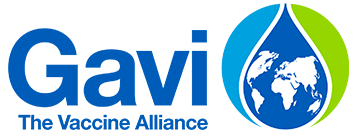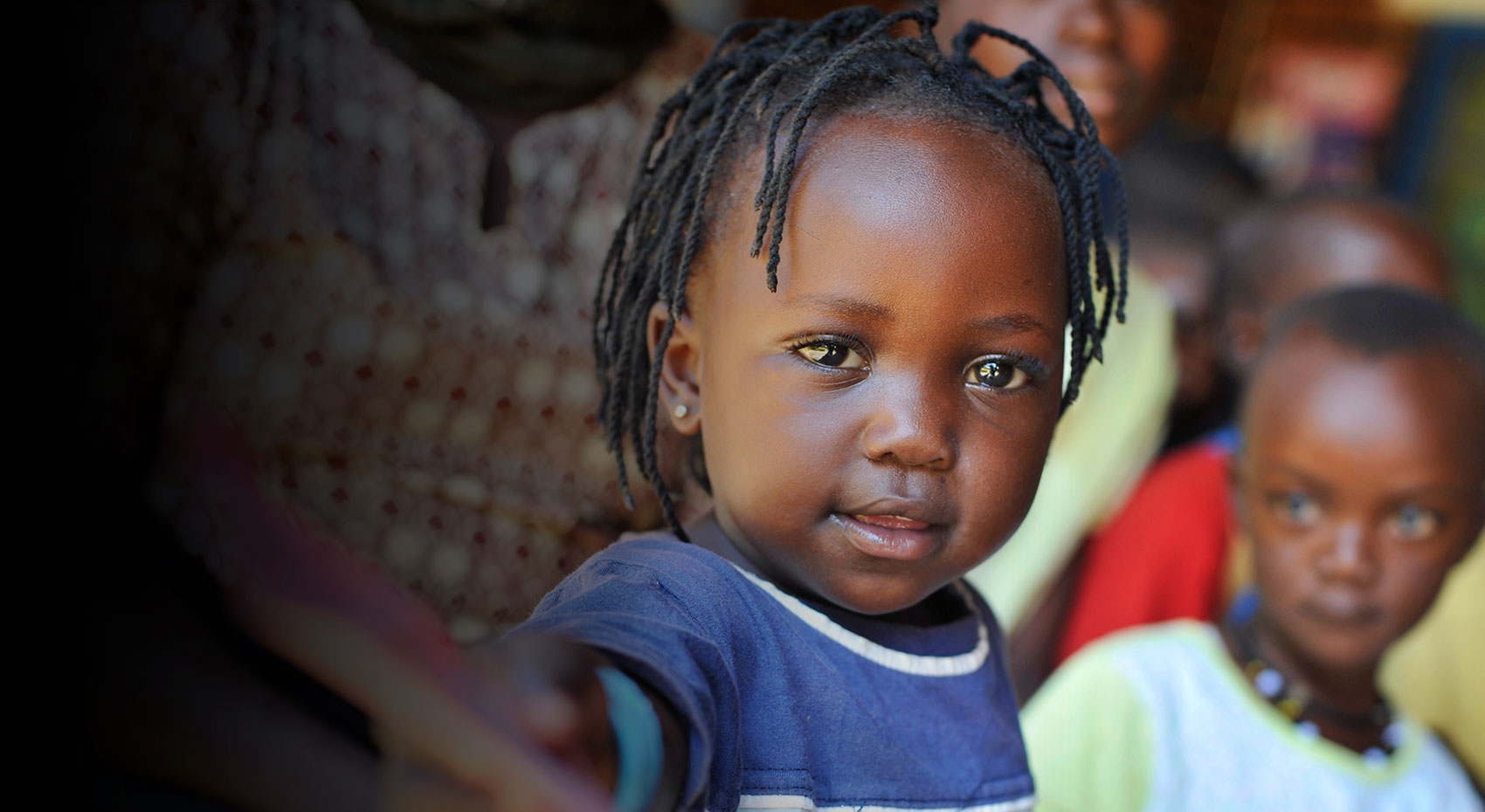As part of its mission to save lives and protect people’s health by increasing equitable and sustainable use of vaccines, Gavi has helped vaccinate more than 1.2 billion children in 78 lower-income countries, preventing more than 20.6 million future deaths.
See progress report See facts and figures
Gavi has already protected an entire generation of children, and is now working to protect the next generation.
By improving access to new and under-used vaccines for millions of the most vulnerable children, the Vaccine Alliance is transforming the lives of individuals, helping to boost the economies of lower-income countries and making the world safer for everyone.
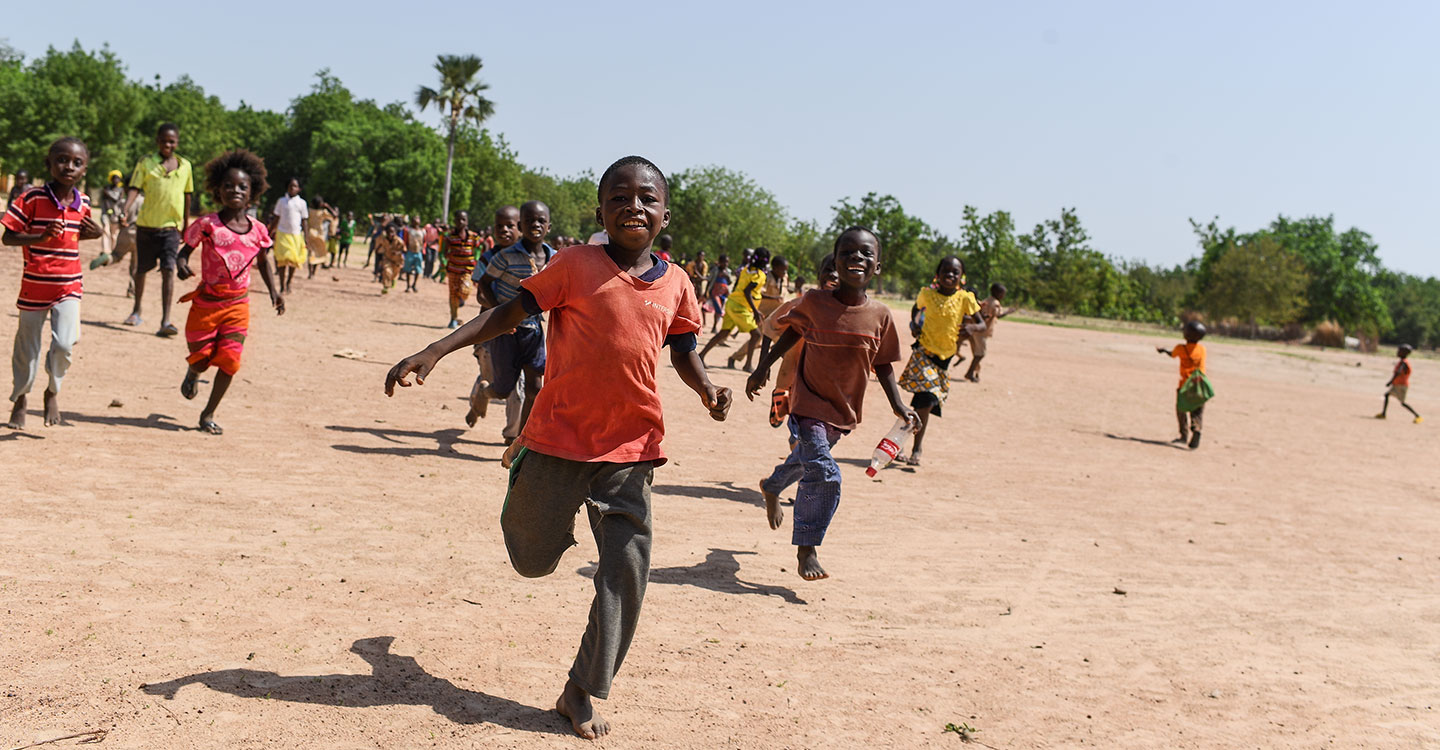
Gavi has already protected an entire generation of children, and is now working to protect the next generation.
By improving access to new and under-used vaccines for millions of the most vulnerable children, the Vaccine Alliance is transforming the lives of individuals, helping to boost the economies of lower-income countries and making the world safer for everyone.
The power of partnership
Gavi’s impact draws on the strengths of its core partners, the World Health Organization, UNICEF, the World Bank and the Gates Foundation, and plays a critical role in strengthening primary health care (PHC), bringing us closer to the Sustainable Development Goal (SDG) of Universal Health Coverage (UHC), ensuring that no one is left behind.
Gavi also works with donors, including sovereign governments, private sector foundations and corporate partners; NGOs, advocacy groups, professional and community associations, faith-based organisations and academia; vaccine manufacturers, including those in emerging markets; research and technical health institutes; and implementing country governments.
Gavi's partnership model
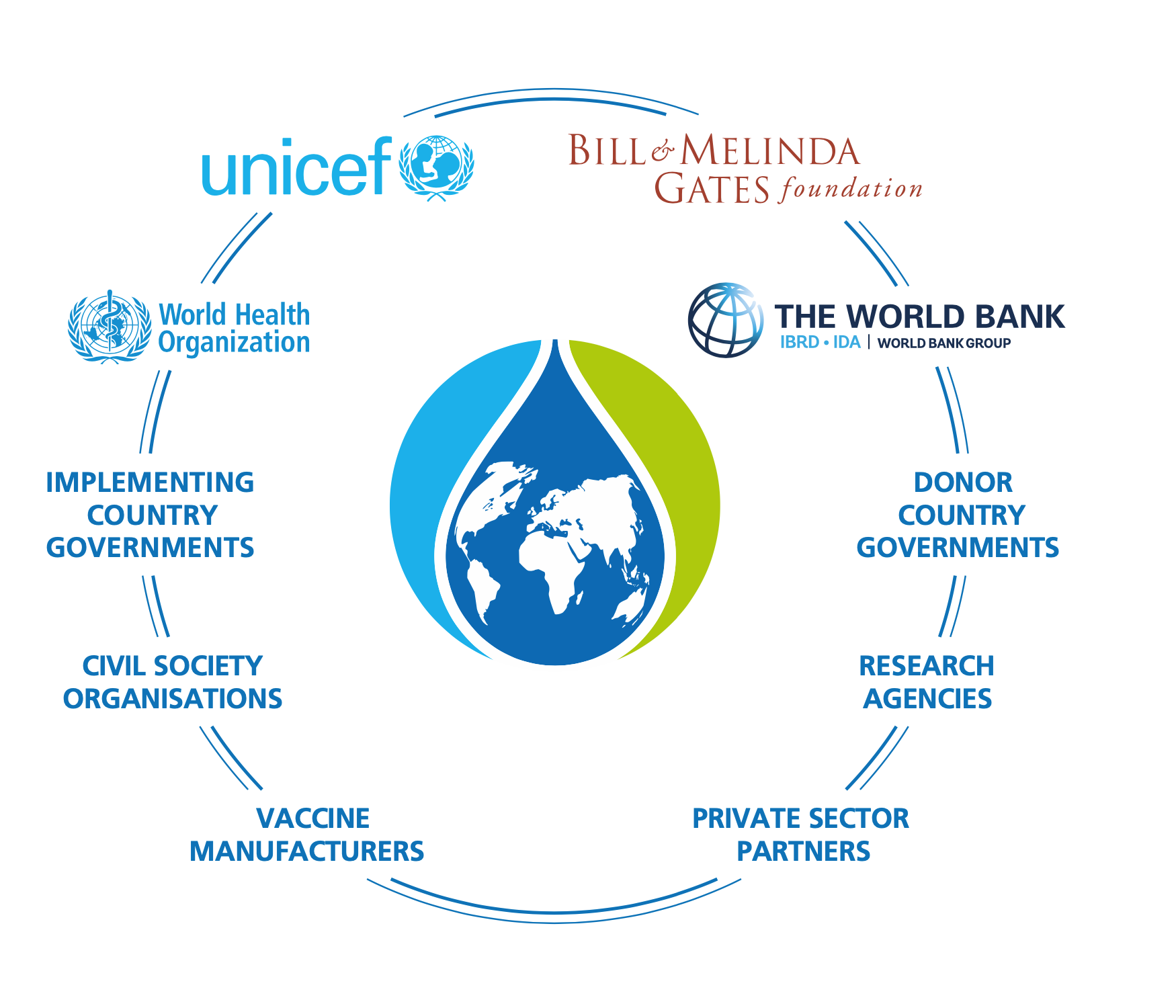
Gavi’s impact draws on the strengths of its core partners, the World Health Organization, UNICEF, the World Bank and the Gates Foundation, and plays a critical role in strengthening primary health care (PHC), bringing us closer to the Sustainable Development Goal (SDG) of Universal Health Coverage (UHC), ensuring that no one is left behind.
Gavi also works with donors, including sovereign governments, private sector foundations and corporate partners; NGOs, advocacy groups, professional and community associations, faith-based organisations and academia; vaccine manufacturers, including those in emerging markets; research and technical health institutes; and implementing country governments.
Gavi's partnership model
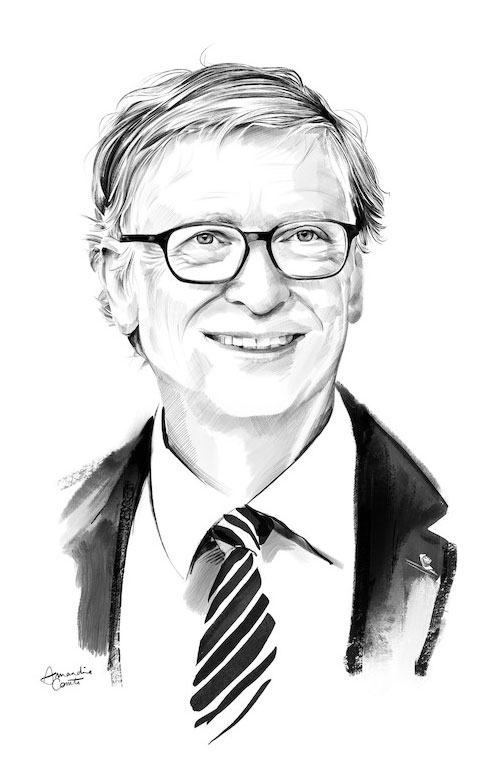
When Melinda and I started this work more than a decade ago, we were inspired by the conviction that “all lives have equal value.” So one of the first things we invested in was vaccines, which protect all children who receive them, no matter how rich or poor they may be. In short, vaccines work.
Gavi’s impact
- More children survive. The increase in immunisation has helped halve childhood mortality by averting more than 18.8 million future deaths and dramatically driven down the incidence of deadly and debilitating infectious diseases.
- Nation building thrives. As children become healthier, they, their families, communities and countries are more able to be economically prosperous and socially stable. For every US$ 1 spent on immunisation in Gavi-supported countries in the 2021–2030 period, US$ 21 are saved in health care costs, lost wages and lost productivity due to illness and death. When considering the value people place on lives saved by vaccines – which is likely to include the value of costs averted plus the broader societal value of lives saved and people living longer and healthier lives – the return on investment is estimated to be US$ 54 per US$ 1 spent. In Gavi’s first 24 years, our work helped generate more than US$ 250 billion in economic benefits in the countries we support.
- And global health security improves. In the face of global challenges, such as climate change, population growth, urbanisation, human migration, fragility and conflict, Gavi has helped countries broaden vaccine coverage and improve their health systems. This makes them less susceptible and better able to prevent disease outbreaks that pose a threat to people in these countries, protecting millions of others around the world.
History
By the late 1990s, the progress of international immunisation programmes was stalling. Nearly 30 million children in developing countries were not fully immunised against deadly diseases, and many others went without any immunisation at all.
At the heart of the challenge was an acute market failure; powerful new vaccines were becoming available, but lower-income countries simply could not afford most vaccines.
In response, the Gates Foundation and a group of founding partners brought to life an elegant solution to encourage manufacturers to lower vaccine prices for the poorest countries in return for long-term, high-volume and predictable demand from those countries.
In 2000, that breakthrough idea became the Global Alliance for Vaccines and Immunisation – today Gavi, the Vaccine Alliance.
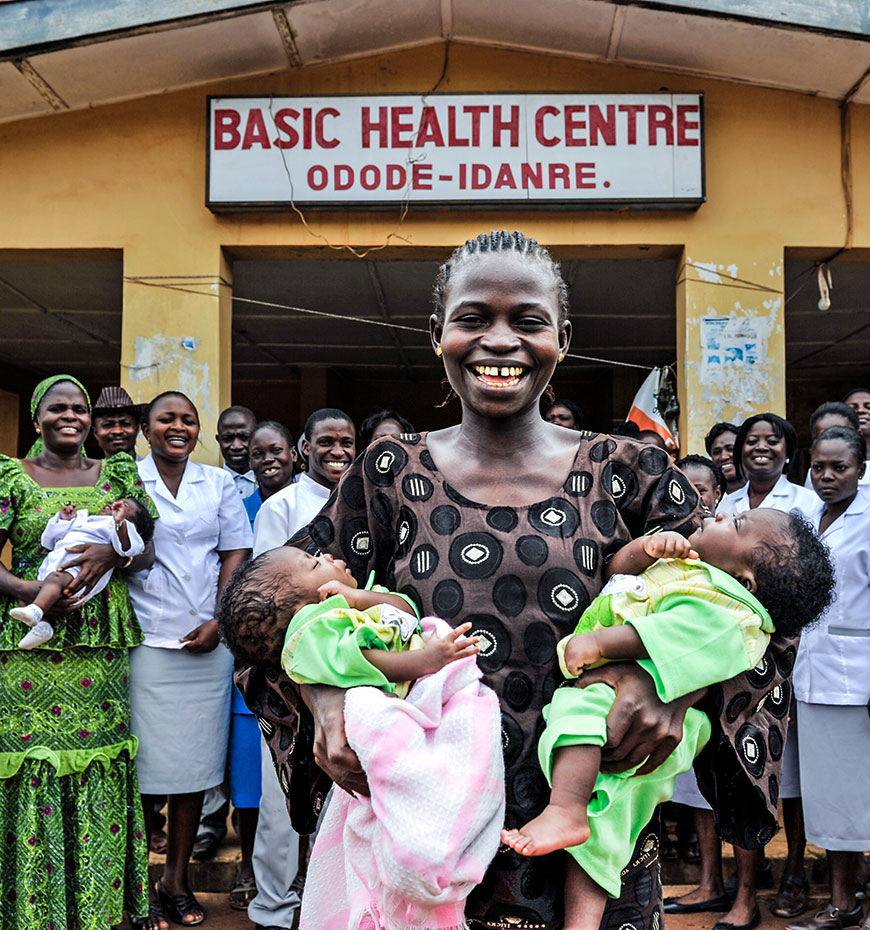
By the late 1990s, the progress of international immunisation programmes was stalling. Nearly 30 million children in developing countries were not fully immunised against deadly diseases, and many others went without any immunisation at all.
At the heart of the challenge was an acute market failure; powerful new vaccines were becoming available, but lower-income countries simply could not afford most vaccines.
In response, the Gates Foundation and a group of founding partners brought to life an elegant solution to encourage manufacturers to lower vaccine prices for the poorest countries in return for long-term, high-volume and predictable demand from those countries.
In 2000, that breakthrough idea became the Global Alliance for Vaccines and Immunisation – today Gavi, the Vaccine Alliance.
A Proven Model
Gavi now vaccinates more than half of the world’s children, giving it tremendous power to negotiate vaccines at prices that are affordable for the poorest countries and to remove the commercial risks that previously kept manufacturers from serving them. The number of manufacturers supplying prequalified Gavi-supported vaccines has grown, from 5 in 2001 to 19 in 2022 (with more than half based in low- and middle-income countries).
Gavi shares the cost that implementing countries pay for vaccines, which has resulted in more than 695 vaccine introductions and preventive vaccination campaigns, dramatically boosting immunisation against virulent diseases. For example, in 2000, 3% of low-income countries had introduced nationally Haemophilus influenzae type b (Hib) vaccine that protects against diseases like pneumonia and meningitis. Gavi has enabled all low-income countries to introduce this vaccine in their national programmes. Today, Gavi-supported countries continue to have higher coverage of vaccines against Hib, pneumococcus and rotavirus than the rest of the world. As of 2022, 19 countries had transitioned out of Gavi support and are fully self-financing vaccine programmes introduced with Gavi support.
Learn about our ISO certification for effective information security management.
